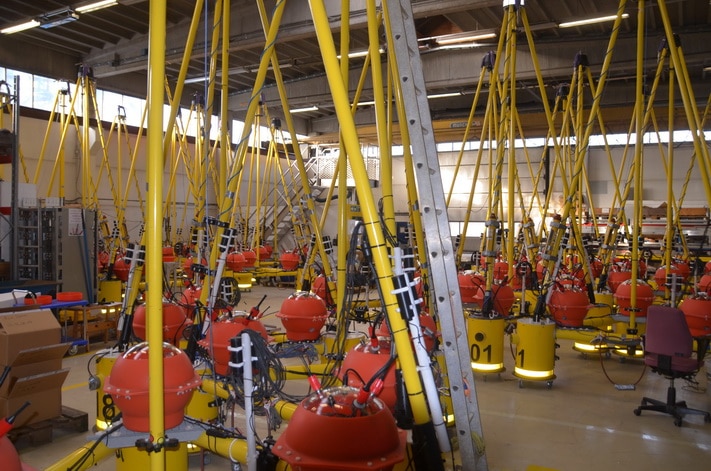Wildcat 6507/8-10 S on the prospect Grind in the Norwegian Sea, operated by Neptune Energy, had absolutely no shows as referred to in a press release from NPD.
Thick sandstones with good reservoir properties were found in the Lower Jurassic Tilje and Åre Formations, but “no traces of petroleum were proven,” according to NPD.
The drilling has been of both national and international interest after Concedo, together with DNO, withdrew from the license before drilling began on the basis of a negative EM anomaly.
In his lecture on NCS Exploration Strategy 2019, Geir Lunde, CEO and exploration manager at Concedo, said that the structure was suitable for EM data collection, “and when the data told us that no hydrocarbons were present, we listened” (geo365.no: “Will EM pass the test»).

“Can kill prospects”
“It is normally not positive for the industry to drill dry wells, but in this particular case, a dry well can catch the value of tools other than just seismic and seismic analysis for de-risking prospects,” says Lunde.
“We must be open to the fact that other technologies than seismic and seismic analyzes can be used when the right conditions are present,” he elaborates.
Lunde further points out that where geology and other conditions facilitate this, EM data can give a good indication of which prospects should not be drilled.
” However, EM technology and integration with geological insight still have a way to go to provide solid support for positive drilling decisions,” he adds, and by that he believes that the most important use of EM data so far is to reject possible prospects in advance of drilling.
” So, in a way we can say that EM technology represents a “silver bullet” in the sense that it can kill prospects”.
At the same time, Lunde points out that positive decisions using EM require a lot more work where all available data is used and – not least – that you know the geology well, so that the geologists can be aware of false, positive anomalies.
“Some companies still refuse to look at EM data even if they are served on a platter. This is strange, and I believe that more geologists can benefit from how we best use EM technology without interpreting the results,” says Geir Lunde.

“Due to the lack of EM-response, former partner Concedo does not believe in a commercial discovery on the Grind prospect. This wildcat will therefore be a crucial test for applying the EM technology in the Norwegian Sea.”
geoexpro.com: “Bold test on a “shady” prospect”
Success with 3D EM
Concedo used both old (2012) and new 3D multi-client EM data (2017) that were collected with new technology from PetroMarker in its analysis of the Grind prospect.
“Based on our own 3D data, we expected a dry well. But even though we had no doubt that the EM data was “right”, we obviously still waited in anticipation for the NPD’s press release,” says Svein Ellingsrud, CTO of PetroMarker.
“For us, this is very special since Neptune’s well is the first verification of the technology’s value in prospect evaluation, where the prediction comes before the well is drilled, since we started with 3D EM three years ago.”
At the same time, Ellingsrud gives praise to Geir Lunde, who had the courage to openly say that they had used EM to downgrade the prospect. This is not at all common in this industry.
“In retrospect, he stands out as a winner in that he saved his company from drilling a dry well,” says the geophysicist with long background from and one of the founders of EMGS.
Ellingsrud also pays tribute to the owners of PetroMarker who have dared to invest in new 3D technology.
“It is fun to be with them on such a success as this,” concludes Svein Ellingsrud.





